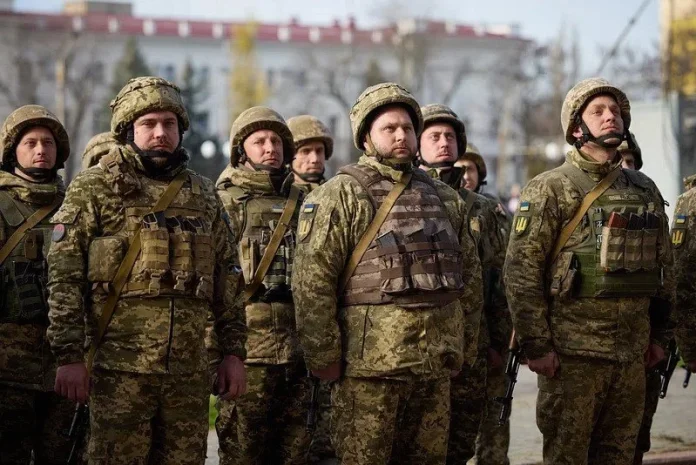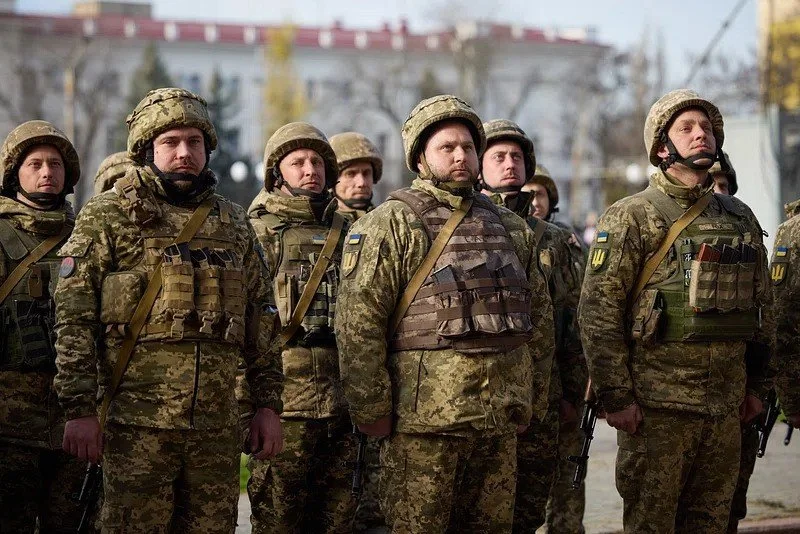
The newest intercepts from Ukraine’s military intelligence paint a grim picture of Russia’s battlefield conduct. In one exchange, Russian troops are heard navigating by the corpses of their own comrades, using the dead as waypoints in a shattered landscape. In another, commanders order the execution of surrendering Ukrainian soldiers-a direct violation of international law. These recordings are more than battlefield chatter.
They are fragments of a larger mosaic, revealing systemic brutality, operational dysfunction, and the weaponisation of communication in the Russia-Ukraine war. Together with open-source intelligence and accounts from the front line, they show how technology, propaganda, and human desperation entwine on the modern battlefield. What follows are nine key takeaways from these intercepts and related intelligence-each offering a window into the war’s most disturbing and strategically significant realities.
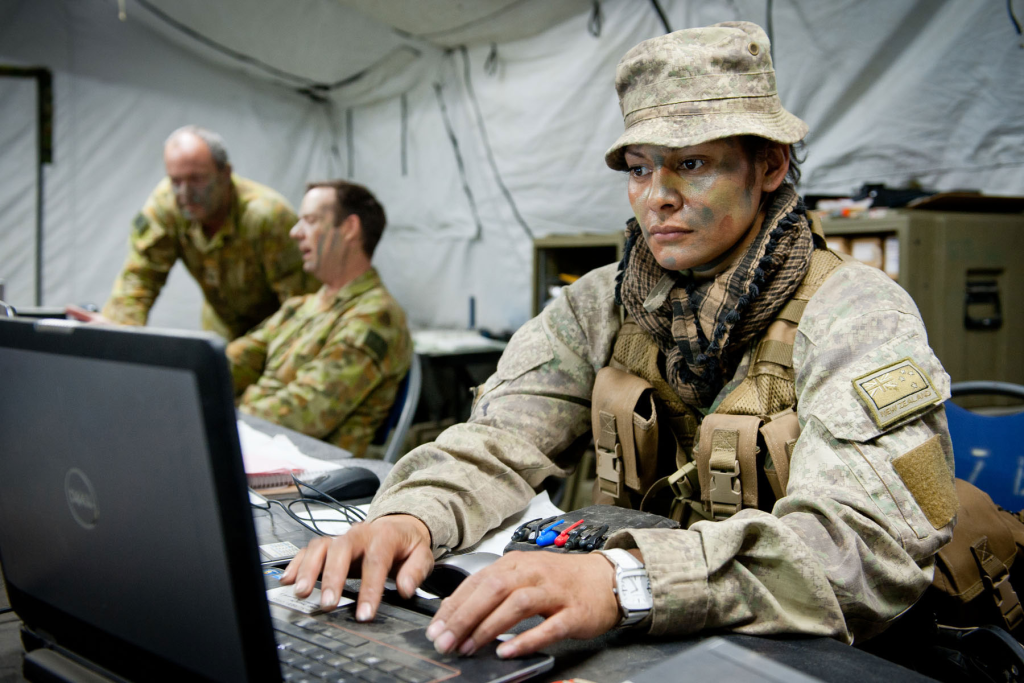
1. Navigation by dead reckoning
In one tapped conversation, a soldier admits that he can’t go farther forward because he has stopped seeing the bodies of his predecessors that served as a guide through the area. He’s told by a senior officer to continue to move forward until he reaches the first body, after which he should decide whether to continue or to retreat. Ukrainian intelligence described this as the grim reality of so-called “meat assaults,” where human losses become crude navigational markers. The Defence Intelligence Directorate underscored that any Russian serviceman unwilling to die in such an assault still has the option to surrender through Ukraine’s “I Want to Live” programme.

2. Systematic Execution Orders
Intercepts obtained by Ukrainian intelligence and shared with CNN capture a Russian commander ordering troops six separate times to “take the commander captive and kill everyone else.” The orders coincide with drone footage from Zaporizhzhia of masked soldiers shooting captives at point-blank range. UN special rapporteur Morris Tidball-Binz called such incidents “grave breaches” of international law, adding they would not occur so frequently without consent from Russia’s highest military authorities.

3. Foreign mercenaries in war crimes
Another interception is of Colombian mercenaries fighting under Russia’s 30th Separate Motor Rifle Brigade being told in Spanish to kill civilians when visibility is poor. According to HUR, this brigade has a record of civilian killings around Pokrovsk, and the Russian command is extending such practices to foreign fighters, making them complicit in crimes against non-combatants.

4. The ‘I Want to Live’ Surrender Pipeline
Ukraine’s “I Want to Live” project has enabled more than 300 Russian soldiers to defect since 2022. The program offers secure communication channels, Geneva Convention-compliant treatment, and even financial rewards-one pilot received $500,000 for delivering an Mi-8 helicopter. The head of the program, Vitalii Matviyenko, emphasizes that it is designed to save lives, which means that if the soldiers surrender, they are guaranteed food and medical care, and can even make contact with family.

5. Telegram as a Battlefield Weapon
Telegram in particular has become a central hub for both Ukrainian and Russian operations Ukrainian intelligence releases intercepts, rallies public support, and crowdsources reports of enemy movements on it. For Russian forces, Telegram’s relative lack of moderation makes it a conduit for graphic propaganda, bot-driven disinformation campaigns, and even recruiting spies in Europe. The dual-use nature-humanitarian lifeline and psychological weapon-represents the blurred frontlines in modern information warfare.
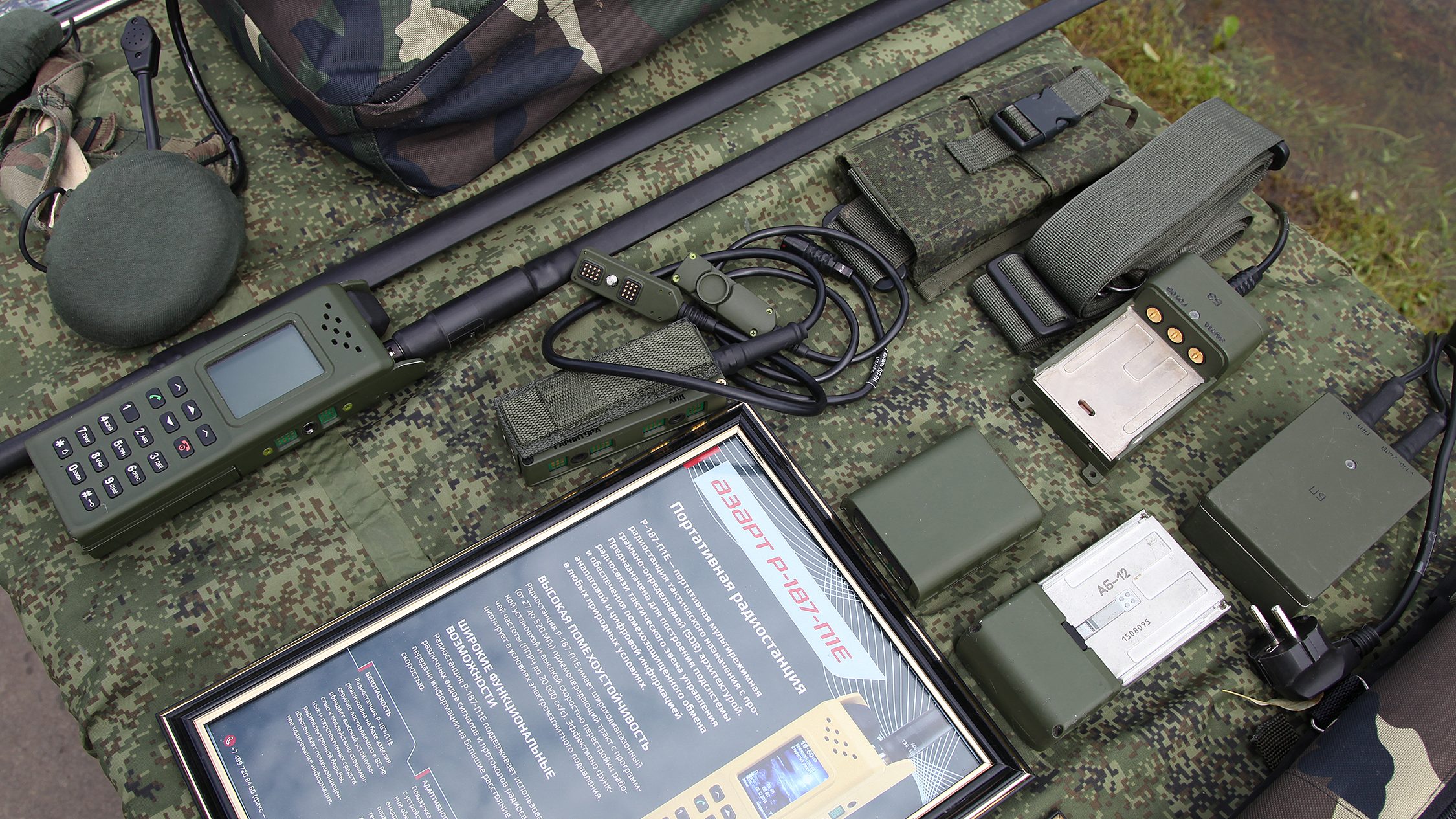
6. Russian Communication Failures
Claims of highly developed encrypted radios, such as the R-187P1 Azart, are somewhat tempered by a reality in which Russian units have been found using unsecure civilian devices including BaoFeng handhelds. Other reported problems include very poor range, battery issues, and corruption in procurement-these have left some troops with mobile phones and extremely vulnerable to interception and geolocation. Analysts say lax communications discipline is allowing Ukrainian electronic warfare teams to track, jam, and deceive their opponents in real time.
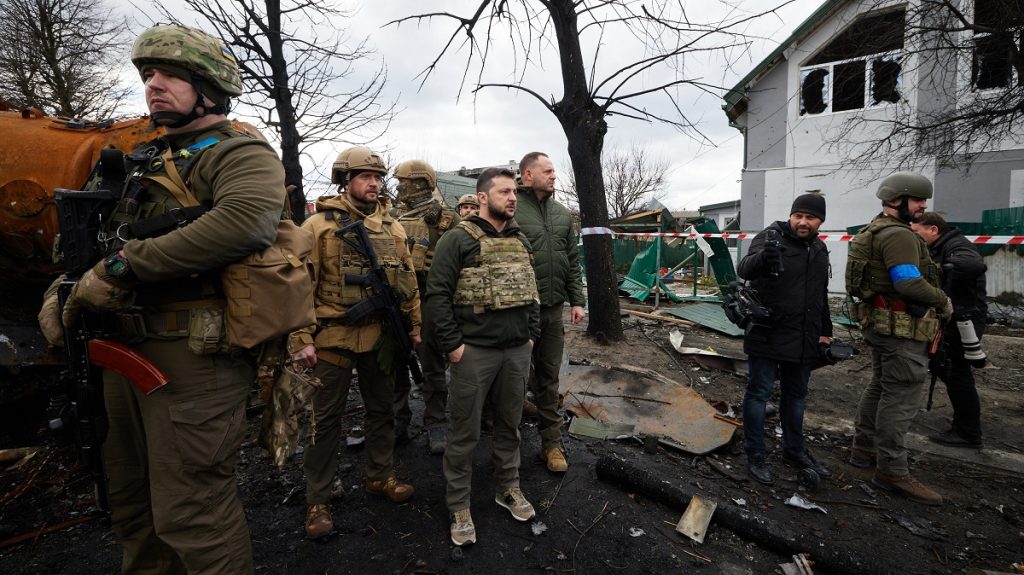
7. Exploiting the Electromagnetic Spectrum
It has been able to make Russian vulnerabilities in the electromagnetic spectrum a key part of its gains so far. The ability to detect and locate unencrypted HF and V/UHF transmissions enables Ukrainian forces to strike at command posts or inject false information into enemy networks, turning Russian signals into liabilities and undercutting battlefield cohesion and situational awareness.
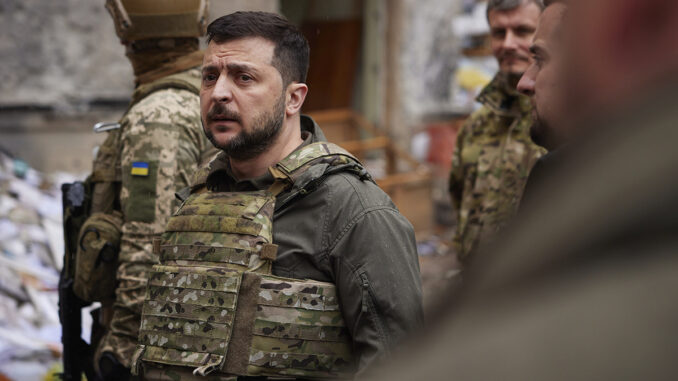
8. Recovery of the Fallen
“On the Shield” and other volunteer units comb battlefields for Ukrainian and Russian dead. Theirs is a both humanitarian and strategic undertaking bringing Ukraine’s dead home to be buried, and enabling prisoner swaps by recovering bodies of Russians. “Every body of a Russian means practically one of our returned soldiers,” said one team leader, underscoring the grim calculus of war.
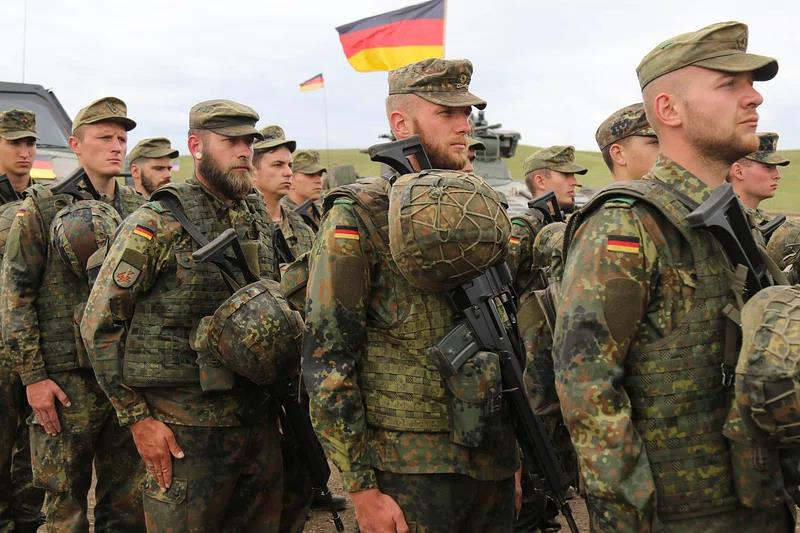
9. War Crimes as Psychological Warfare
Ukrainian officials say the execution videos and mutilation footage are created to sap morale. Bohdan Okhrimenko of Ukraine’s Coordination Headquarters for the Treatment of Prisoners of War said such acts also serve a logistical purpose for Russia avoiding the burden of handling prisoners. The cruelty mixed with calculation underlines the psychological aspect of this war, where violence is as much about the method as it is about the message.
These intercepts and corroborating intelligence reveal a war being fought as much through signals, images, and narratives as through artillery and manoeuvre. They detail a Russian military willing to discard its own troops, flout the laws of war, and weaponise communication channels. For Ukraine, exposing these acts serves to document atrocities and to exploit the operational weaknesses they betray. In the digital age, the voice on the radio can be as decisive as the soldier on the front line and just as damning.
